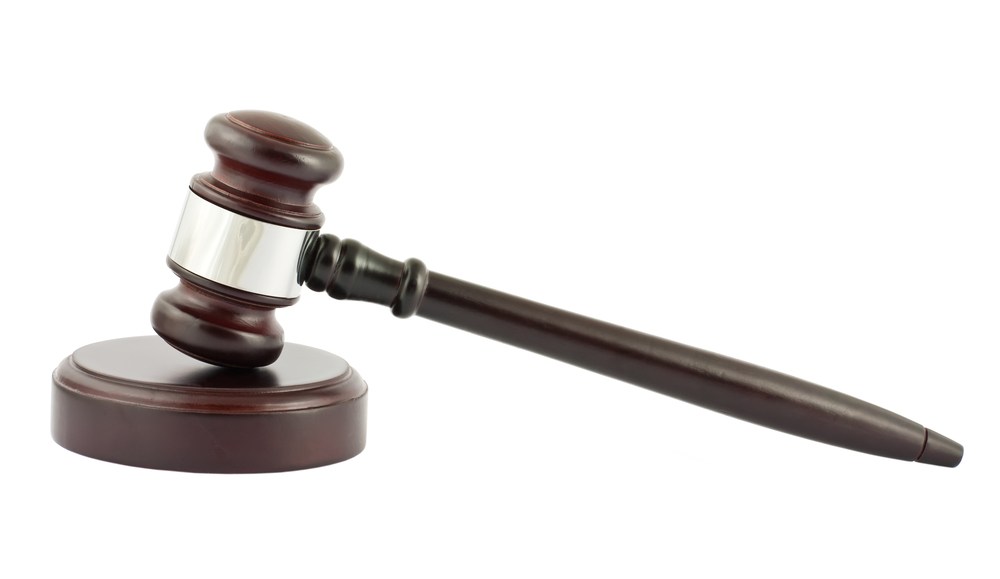
Ben Kunz is vice president of strategic planning at media agency Mediassociates. Follow him on Twitter @benkunz.
If you believe banners suck, you’re not alone. The poor things are so disparaged that the entire digital industry has repositioned them as display advertising to wipe off the banner stigma.
But the truth is, banner ads work just as well as most other forms of media, which is remarkable given their small size, surrounding clutter and creative limitations. So let’s do something that people in media rarely do: compare banners to other forms of media, using the same yardstick of response rates.
First, banner click-through rates are only 0.07 percent. Yes, display advertising CTRs have fallen for years, stabilizing recently around 0.07 percent. Within digital ad formats, some CTRs are lower (Facebook ads hover around 0.03 percent) and others higher (rich media gets noticed). Industry reports from the DMA or Google vary, espousing CTR averages from 0.03 percent to 0.09 percent, but the 0.07 percent figure is the one critics usually scoff at. Yeah, that’s low. But how does it compare to other media?
TV has a 0.05 percent response rate. Look at that giant screen; you’d think it would pull a higher response. But there may be a reason television plays to its own set of metrics — GRPs, anyone? Because its actual response rate is lower than banner ads. According to Nielsen, the typical U.S. consumer is exposed to 4 hours and 38 minutes of TV a day, about 40 percent of which is commercial time. This works out to 110 ad minutes, or 220 30-second spots per day, for 6,600 total TV commercials hitting each viewer per month. Let’s be generous and assume you rush out to explore three products you see advertised on TV each month. Three divided by 6,600 equals a 0.05 percent response rate.
Radio nets 0.13 percent. Barely better. Arbitron, let’s peer beyond reach and frequency. U.S. consumers listen to 1 hour and 23 minutes of radio each day, which rolls up to 2,500 minutes per month. Radio pushes nine minutes of commercials per hour — 15 percent of all air time — resulting in 375 minutes of ads, or 750 30-second spots per month. Since you use radio only one-third as much as TV, let’s assume you respond to one product advertised on radio each month. One inquiry divided by 750 spots equals a 0.13 percent response.
Let’s play the math one more time with outdoor. If a marketer wants to hit the New York City suburbs hard with billboards, she’d spend about $320,000 for 26 large 14-by-48-foot billboards (for a 50 GRP level). That provides 28.2 million impressions a month. If our marketer is selling cars and wants a $200 cost per sale, she needs 1,600 sales. If only 20 percent of respondents buy, she needs 8,000 respondents. 8,000 divided by 28.2 million impressions is a 0.03 percent response rate.
You get the picture. Most advertising stinks in terms of response, because consumers dodge ads whenever they can. Response rates across all media regress to an average where more than 99.9 percent of all ads in any channel are ignored. But that’s OK because advertising is a game of what we catch, not what we spill. If each response generates an acceptable cost per sale, we reach a groovy little thing called advertising ROI, and all the waste fades away.
So stop disparaging banner ads, people. They perform only as poorly as your beloved TV spots and blaring radio. Given that these tiny digital boxes must compete with short films with $200,000 budgets or rich audio, it’s a wonder banners work so well at all.
More in Marketing

Meta’s Threads expected to have ads this year
The move would make Threads Meta’s latest bit of ad real estate venue just over a year after its launch.

Mobile esports reaches new heights in 2024 with a boost from Saudi Arabian investment
Mobile esports activity has been picking up gradually since 2021, but 2024 could be one of the most lucrative years yet for the esports teams and players participating in popular mobile games such as “PUBG Mobile” and “Mobile Legends: Bang Bang” (MLBB).

Q1 ad rundown: there’s cautious optimism amid impending changes
The outlook for the rest of the year is a tale of two realities.





